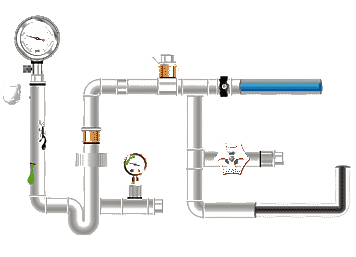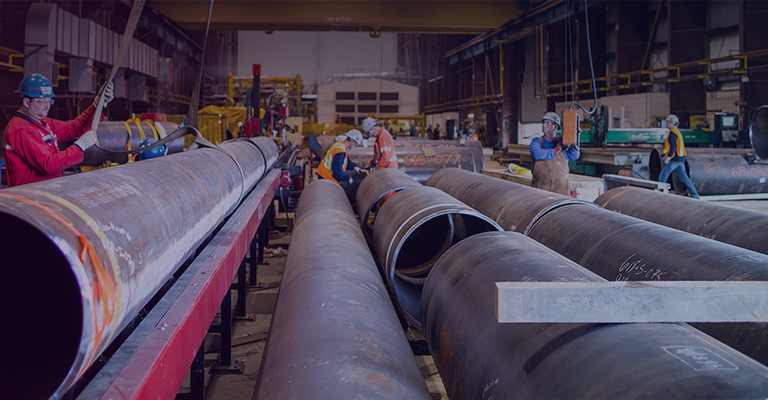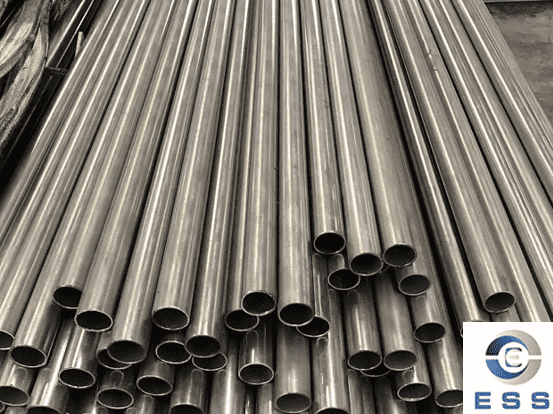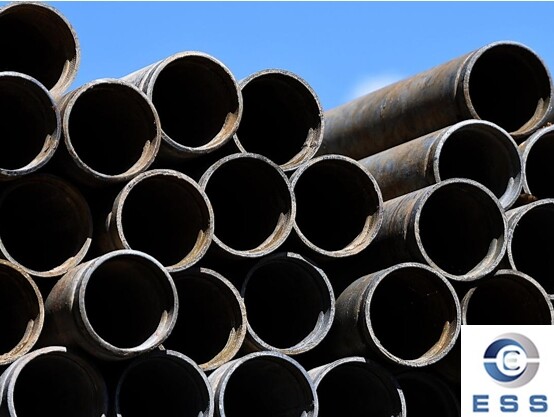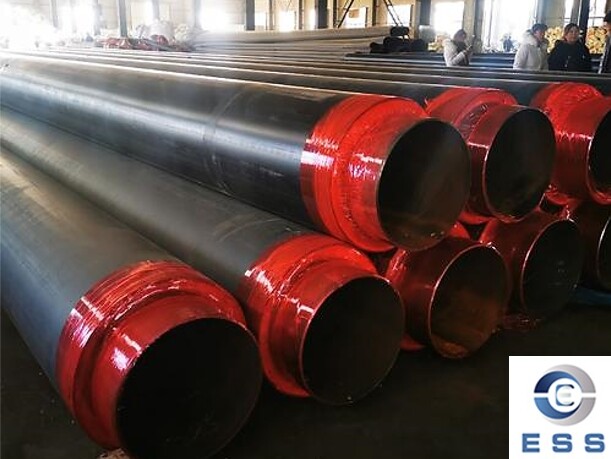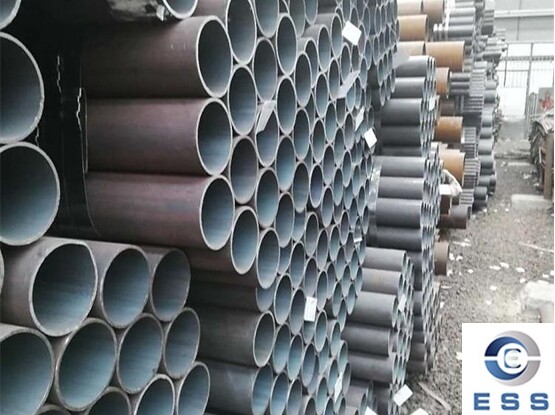
As a carbon
steel pipe, mild
steel pipes are widely used as pipes in the fields of petroleum, chemical
industry, pharmaceuticals, ships, etc. However, due to long-term use and the
influence of environmental factors, the inner wall is prone to corrosion and
stains, which affects the normal transportation and service life of the
pipeline. Therefore, it is very necessary to carry out anti-corrosion treatment
of the inner wall of mild steel pipes.
Methods for anti-corrosion of the inner
wall of mild steel pipes
1. Coating
method
Coating method is a common method for
anti-corrosion of the inner wall of mild steel pipes. The coating can be
divided into three types: inorganic coating, organic coating and special
coating, each with its own advantages and disadvantages.
Inorganic coating:
The advantage is that it has strong high
temperature resistance and corrosion resistance, long service life, but the
cost is high.
Organic coating:
The advantage is simple production, low
cost, and certain corrosion resistance, but the service life is short.
Special coating:
Including polyurethane coating, epoxy amino
ester coating and other types, with good chemical corrosion resistance,
friction resistance, high temperature resistance, impact resistance, etc., but
the price is high.
2. Sealing method
The sealing method is to seal the inside of
the mild steel pipe and fix it with stainless
steel pipes or plastic pipes to achieve the anti-corrosion effect. This
method does not require chemical treatment during the construction phase, so it
is suitable for some pipes that are difficult to chemically treat. But the cost
is high and it is not suitable for large-diameter pipes.
3. Cathodic protection method
The cathodic protection method is a method
of protecting the pipe by applying current to oxidize the anode. This method is
simple to use and suitable for underground buried pipes, but requires
professional personnel to monitor and maintain the cathodic protection system.
4. Lining method
The lining method is to chemically treat
the sealed inner wall, or line the inside with a layer of material with good
corrosion resistance, such as rubber, ceramic, etc. The advantages of this
method are wide application and low cost, but it requires a relatively closed
pipe interior.
Anti-corrosion treatment technology for
the inner wall of mild steel pipes
1. Chemical treatment technology
Surface corrosive agent treatment:
By using acidic or alkaline corrosive
agents, oxides and other impurities on the inner wall of the steel pipe can be
effectively removed, laying the foundation for subsequent rust prevention work.
However, it should be noted that this treatment may reduce the surface
roughness of the pipe wall and have a certain impact on its mechanical
properties.
Pickling treatment:
Using strong acid for cleaning can not only
remove rust and dirt, but also significantly improve the rust resistance of the
inner wall. However, this method may also have a certain impact on the
corrosion resistance of the pipe wall.
2. Mechanical treatment technology
High temperature welding treatment:
Through high temperature welding, the inner
wall of the steel pipe is formed with oxide scale, which reduces the risk of
internal metal oxidation and thus extends the service life of the steel pipe.
Inner wall grinding treatment:
Grinding technology can improve the
smoothness and roughness of the pipe wall surface, thereby enhancing its
corrosion resistance. However, this operation process is relatively complicated
and may affect the fatigue performance of the metal.
3. Electrochemical treatment technology
Anodic electrochemical treatment:
In the electrochemical solution, the inner
wall of the steel pipe is used as the anode, and the oxide is reduced to metal
through electrolysis reaction to form a protective layer to improve the
anti-corrosion performance.
Anodic protection technology:
Anodic protection technology uses an
external power source or protection circuit to treat the inner wall of the
steel pipe to form a protective film to enhance its corrosion resistance
without negatively affecting the mechanical properties.
Read more: How long can mild steel pipes last?









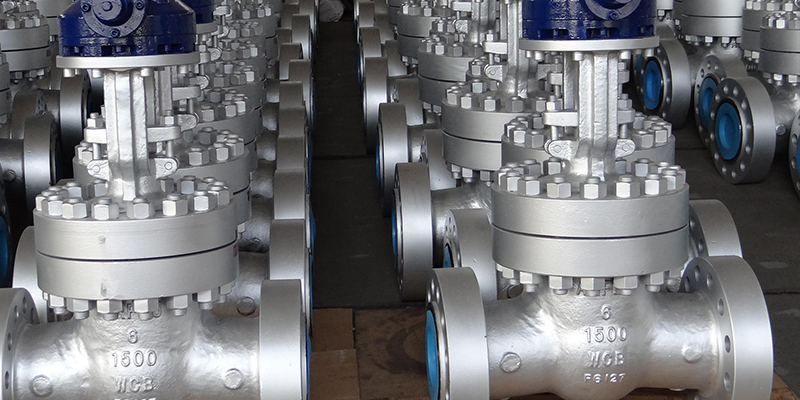
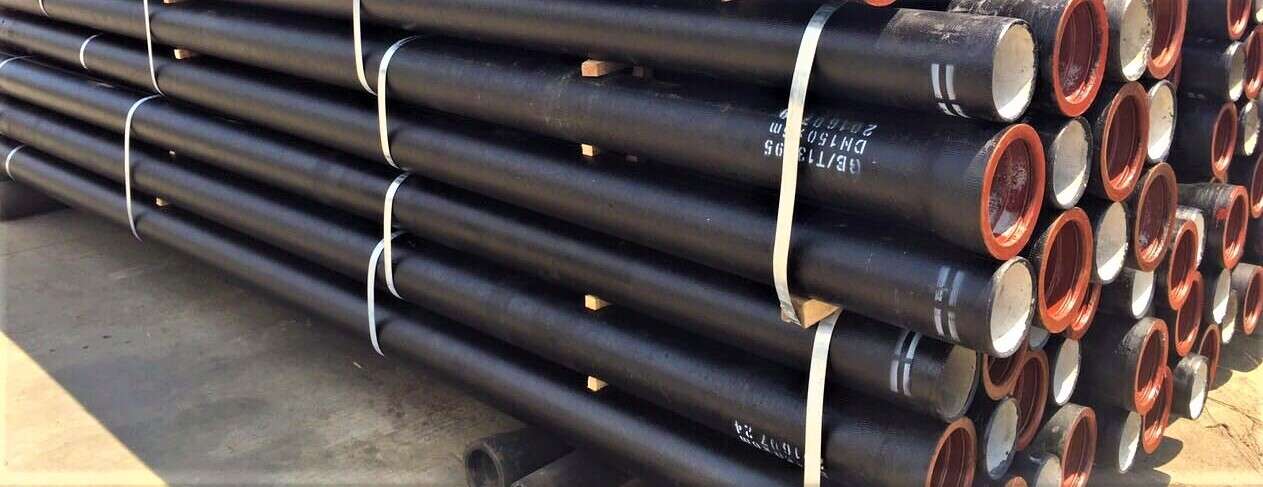


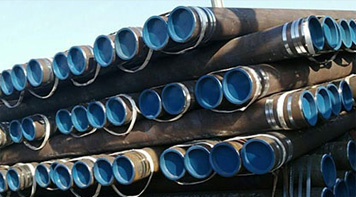 Eastern Steel Manufacturing Co.,Ltd not only improve product production and sales services, but also provide additional value-added services. As long as you need, we can complete your specific needs together.
Eastern Steel Manufacturing Co.,Ltd not only improve product production and sales services, but also provide additional value-added services. As long as you need, we can complete your specific needs together.
